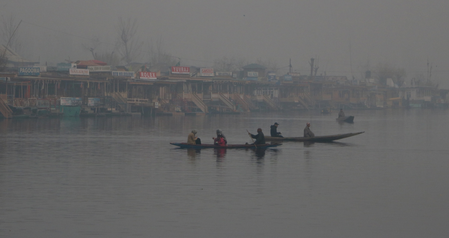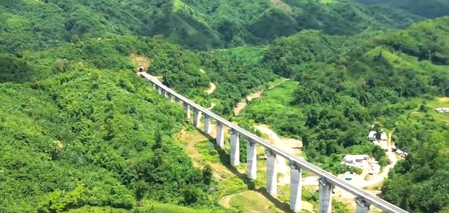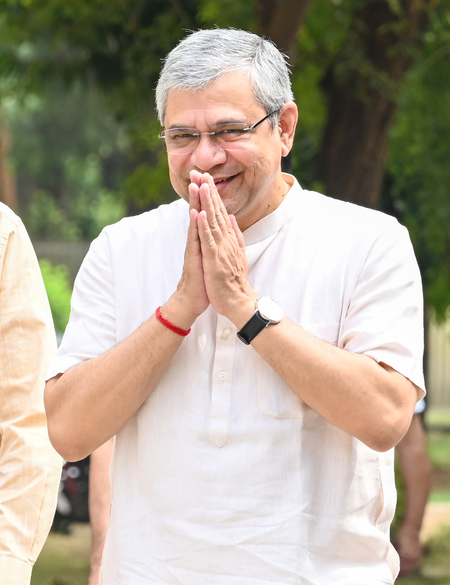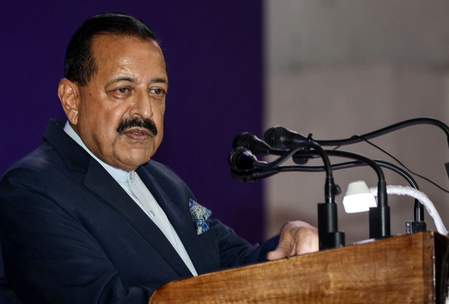
New Delhi, Oct 2 (IANS) Jammu and Kashmir is stepping into a new era of growth and development, leaving behind years of conflict and underdevelopment. Once known mainly for unrest, the Union Territory is now being seen as one of India’s fastest-growing regions, with its economy projected to touch Rs 2.65 lakh crore.
Since 2019, a series of structural reforms, policy changes, and massive infrastructure investments have reshaped the region’s future, according to Kuwait Times report.
Between 2021–22 and 2024–25, Jammu and Kashmir recorded steady annual growth of more than 7 percent, supported by rising investments, booming tourism, and social welfare programmes.
A stronger sense of peace and governance has helped fuel this growth. Welfare schemes like Ayushman Bharat, universal access to clean drinking water, and the construction of more than 1.7 lakh houses under PM Awas Yojana have improved people’s lives.
Over 30,000 government jobs and the rise of more than 650 startups since 2019 have also added to stability and opportunity.
Industry and infrastructure have been at the heart of this transformation. Under the Industrial Policy 2021–30 and the New Central Sector Scheme, investment proposals worth Rs 1.63 lakh crore have been received, with the potential to create nearly six lakh jobs.
Close to 2,000 new industrial units are already operational, marking a major shift in the region’s economic landscape, as per the report.
Tourism, long considered the backbone of J&K’s economy, has touched historic highs. In 2023, more than 2.11 crore tourists visited the Union Territory, the highest ever recorded.
Improved security, better roads, and diverse attractions such as Gulmarg’s winter sports, eco-tourism circuits, and upgraded religious sites have brought year-round visitors.
The G20 Tourism Working Group meeting in Srinagar further put the Valley on the global map. Large-scale infrastructure projects are changing the face of connectivity.
The Chenab Railway Bridge, the tallest in the world, along with the Zojila and Z-Morh tunnels, new highways, and upgraded airports in Srinagar, Jammu, and Leh have reduced travel time and boosted trade, tourism, and logistics.
Metro rail projects planned for Srinagar and Jammu, along with logistics parks, signal a vision for modern urban transport.
Energy and digital transformation are also moving forward. Hydropower projects such as Ratle, Kishanganga, and Pakal Dul, along with new solar initiatives, are set to strengthen power supply.
At the same time, digital governance is improving through the BharatNet project and over 1,100 services available on the eUNNAT portal.
The discovery of lithium reserves in Reasi has given the Union Territory an additional strategic edge, with the potential to play a key role in India’s clean energy transition.
Training programs for youth in artificial intelligence, cloud computing, and cybersecurity highlight a future that combines renewable energy with digital innovation.
Experts say these changes are not just about economic growth but also about strengthening India’s strategic presence in border regions.
Dual-use infrastructure like highways, tunnels, and airports support both civilian needs and national security.
With growth expected to touch nearly 10 per cent in the coming years, Jammu and Kashmir is now emerging as India’s new growth engine, the report added.
–IANS
pk




